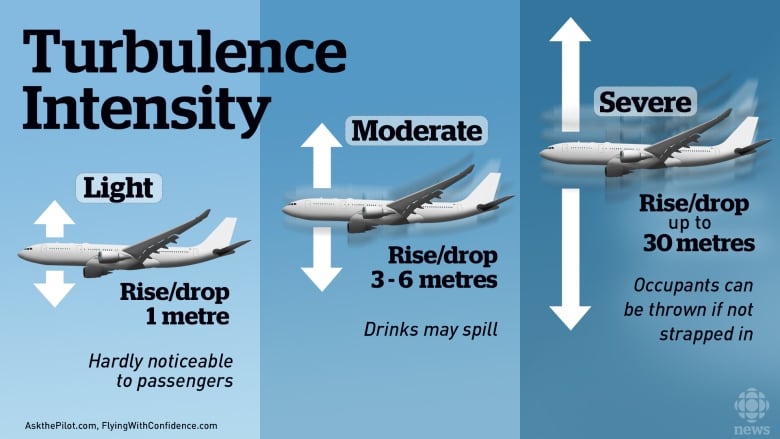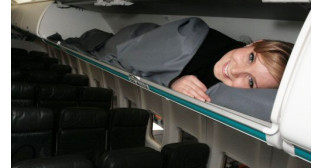The Science of Turbulence

You’re flying high up in the air, and you’d think that it would all be smooth sailing! It’s a beautiful day, and there isn’t a cloud in the sky as you soar above the Atlantic Ocean. A ding rings through the plane cabin, and the pilot begins an announcement over the loudspeaker: “...we might encounter some air pockets in a few short minutes; please return to your seats and buckle your seatbelts.”
If you’ve flown before, you know that the pilot is simply talking about turbulence, and everything will be fine - but why does the air act ‘choppy’, especially up so high?
Think of it like bumps in the road as you are driving a car. If the air was all the same density, and all moving in the same direction, flight would be like driving on a freshly paved, 0% grade road. Unfortunately, neither automobile travel nor air travel is done in perfect conditions.
Jet Streams
These global wind currents can combine with the following factors to create turbulence at varying altitudes. You may encounter a short blip of turbulence upon entering, nearing, or exiting a jet stream.
Mountains
The height of various mountains in the surrounding terrain can cause fluctuations in the air patterns. As air gets pushed around in the vertical space around a mountain, it can compress and expand.
Temperature
Perhaps one of the biggest factors, the heating and cooling of air can contribute a massive amount to the density of air. If you recall your high-school lectures on the energy of matter, you’ll remember that warmer air will be less dense than cold air. Unfortunately, weather patterns are mostly made up of ‘fronts’ (large masses of cold or warm air) coming to a head and clashing. These points along your journey can make for some rough travel.
Terrain Change
Going from travelling over land to over sea can cause turbulence, as well. This is mostly due to the difference in temperature over each; however, wind patterns can also differ.
How to Stay Calm
If you are a nervous flier, you can certainly check out turbulence forecasters before your flight. It is generally recommended to employ some meditation techniques on your flight, or simply do a variety of things to keep your mind busy. Video gaming, watching a movie, or listening to music are great ways to get your mind off the matter. The best preparation, however, is knowledge - know what to expect, and know why it’s happening.

 NL
NL


